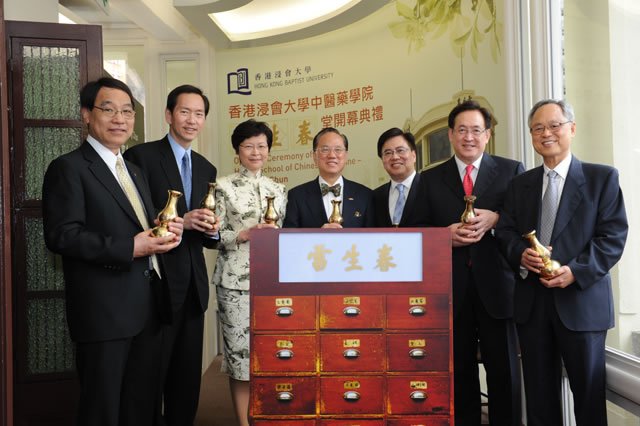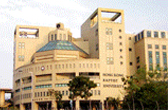 |
Lui Seng Chun is an old Chinese shophouse (tong lau) originally owned by Mr. Lui Leung, a renowned businessman who moved to Hong Kong from Taishan county in Guangdong province. Designed and built by architect W.H. Bourne, the building was completed in 1931 with a total gross floor area of 600 square metres. Typical of all tong laus at the time, the ground floor of the four-storey building was used as shops while the upper floors were used as dwellings. Since the 1960s, the Lui family began to move out of the building as the family continued to grow in size. The building became vacant in the 1970s. In 2000, the Antiquities Advisory Board designated Lui Seng Chun a Grade I historic building. With the vision of preserving the building and to contribute to society, the Lui family decided to donate the building to the Government in the same year. The building was included in Batch I of the “Revitalising of Historic Buildings Through Partnership Scheme” initiated by the Government in 2008, which attracted a total of 30 project proposals, the most bids received among the eight historic buildings in this Phase. Hong Kong Baptist University in the end was selected to conserve the building and convert it into a Chinese medicine healthcare centre. In early 2012, the revitalisation of the building was completed and the clinic, Hong Kong Baptist University School of Chinese Medicine – Lui Seng Chun, commenced operations in April the same year. In terms of heritage conservation, every effort was made to retain the original architectural features as far as possible. Necessary alterations and addition works were carried out in compliance with modern buildings and fire regulations as well as meeting the operational needs of the clinic. In the process, the University adhered to the basic principle of minimising the impact of the alterations while ensuring that all alterations could be reversed if necessary. Featured inside the building are display areas showing the history of the building and the Lui family (G/F), introduction to herbal tea (1/F), history and development of Chinese medicine in Hong Kong (2/F), characteristics of tong lau and the Lui Seng Chun revitalisation project (3/F). Patches of herbal plants are grown on the roof-top. The display areas on the ground floor are open to the public and, those from 1/F up, are open for booking of free conducted tours. To help the underprivileged, the clinic puts aside 20% of its daily patient quota for free internal medical consultation plus two dosages of basic Chinese herbal medicine or half-price basic treatment for people on the Government Comprehensive Social Security Assistance Scheme. It also undertakes to use its operating surplus to promote Chinese medicine as well as provide subsidy for elderly patients. GAO was involved in the project at its early stage. Work undertaken by GAO included: preparation of submission to the Government to bid for the project; appointing and supervising (i) a consultant and a contractor for the display areas; (ii) a contractor for the video documentation; and (iii) an author and a graphic artist for compilation of the souvenir book. GAO was also responsible for editing the souvenir book and assisted in coordinating the project launching ceremony held in January 2011 and the opening ceremony held in April 2012. After the revitalisation and opening of Lui Seng Chun, the Director of General Administration now serves as a member of the Lui Seng Chun Management Committee. |

